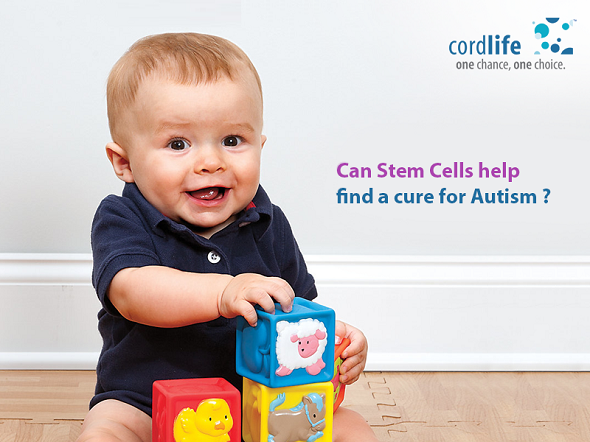Table of Contents
For long now, doctors and scientists studying autism and autism spectrum disorders have debated the merits of using stem cells to cure the brain disorder. There have also been attempts in the West to study the effects of one’s own stem cells banked at birth in the generation of viable neurons in the brain.
For instance, an FDA-approved study was conducted in California, USA in 2012, where a group of autistic children (whose disorder was not hereditary or the result of blunt trauma) were infused with their own cord blood cells. The end goal was to map the specific development of these children in correcting deficits of speech, behaviour and language. According to the US Centre for Disease Control and Prevention, 1 in 88 children in the US are autistic. However, the results of the study were said to be inconclusive.
Stem cell therapy for autism is, on paper, a feasible treatment approach for a disorder that has no cure till date. Doctors opine that stem cells may not just help fire neural activity in the brain – thus helping the child improve its condition – but also help generate working neural connection. Stem cells are also being used to help find the underlying causes of the disorder. Thus far, science has been able to conclude that genetics and immunological factors may play a role in the development of autism spectrum disorders in children. The rationale for using stem cell therapy for autism is that stem cells derived from cord blood may help in eliminating immune problems in autistic children.
An extremely promising development in understanding what causes certain autism spectrum disorders is the development of induced pluripotent stem cells (iPSCs) derived from autistic persons. It transpires that iPSCs are capable of transforming from ordinary cells into neurons. The major breakthrough in this finding is that these iPSCs can be cultured in a laboratory. These iPSCs may hold the key to specific alterations that take place in the brain of a foetus, which later develop into autism spectrum disorders after age 2.
Researchers at University of California, San Diego are now examining a new frontier in stem cell therapy for autism: whether human neural connections can be built to mimic some of the interactions taking place in the human brain; the rationale driving this research stems from advances in human tissue engineering.
